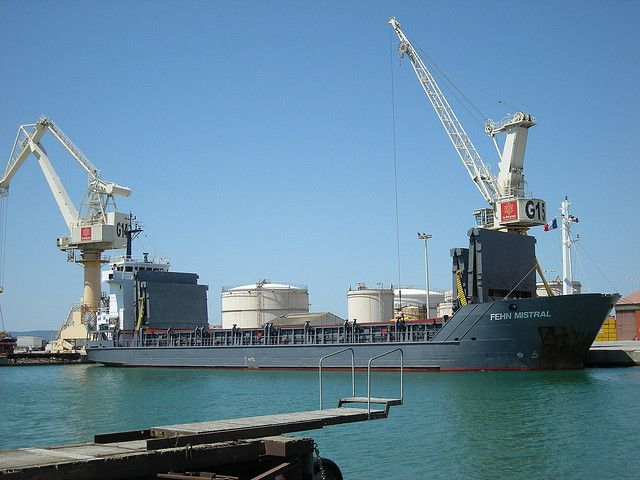-
 Jason
Jason
-
 Bornavirus
Bornavirus
-
 Autologous
Autologous
-
 Eclipse of the Sun
Eclipse of the Sun
-
 Aerobic
Aerobic
-
 Fundus
Fundus
-
 Pterophile
Pterophile
-
 Staphylococcus aureus
Staphylococcus aureus
-
 Atrial flutter
Atrial flutter
-
 Kimberlite
Kimberlite
-
 SATA
SATA
-
 Icon
Icon
-
 Receptor
Receptor
-
 Iron-deficiency anaemia
Iron-deficiency anaemia
-
 M74
M74
-
 Solar wind
Solar wind
-
 Fine particle
Fine particle
-
 Interambulacrum
Interambulacrum
-
 Voice recognition
Voice recognition
-
 Maxwell's demon
Maxwell's demon
-
 Sunspot
Sunspot
-
 Spectrometry
Spectrometry
-
 Ubiquitin
Ubiquitin
-
 Phenobarbital
Phenobarbital
-
 Dark matter
Dark matter
-
 Antiviral
Antiviral
-
 Spar
Spar
-
 UTR
UTR
-
 Ganymede
Ganymede
-
 Pheochromocytoma
Pheochromocytoma
Seveso disaster
In 1976, a reactor in the ICMESA factory, a subsidiary of the Givaudan group, released a cloud of toxic gas that affected the neighbouring town: Seveso.
It wasn't until four days after the accident, when the symptoms of chloracne appeared, that the authorities realised they were not dealing with the reagents they thought had been released, but a dioxin.
The consequences of this disaster on man and the environment
This dioxin, 2,3,7,8-tetrachlorodibenzo-para-dioxin (TCDD), became known as the Seveso dioxin. It is the most toxic dioxin molecule, used to produce Agent Orange, a defoliant used during the Vietnam War.
Meanwhile, plants turned yellow, over 3,000 pets died and 70,000 heads of livestock had to be slaughtered. In total, 193 people were poisoned, mostly children, and suffered from chloracne. Thirty years later the children of contaminated mothers suffer from thyroid problems. Moreover, the surrounding polluted land had to be decontaminated.
A lesson on high risk industrial plants
The Seveso disaster was a wake-up call: a major technological risk can have severe consequences beyond the bounds of the industrial plant, especially in an urban environment, and sometimes over the very long term. It is therefore necessary that public authorities and the population have a say in deciding where high risk industrial plants are located and how they operate.
New European directives, Seveso I and Seveso II, therefore required sites that pose a major accident risk (Seveso sites) be identified and that a prevention policy for major technological risks be implemented.
 Ten Seveso sites are located within the Port-la-Nouvelle commercial port and its port city. © Jamiecat CC by 2.0
Ten Seveso sites are located within the Port-la-Nouvelle commercial port and its port city. © Jamiecat CC by 2.0
Latest
Fill out my online form.



